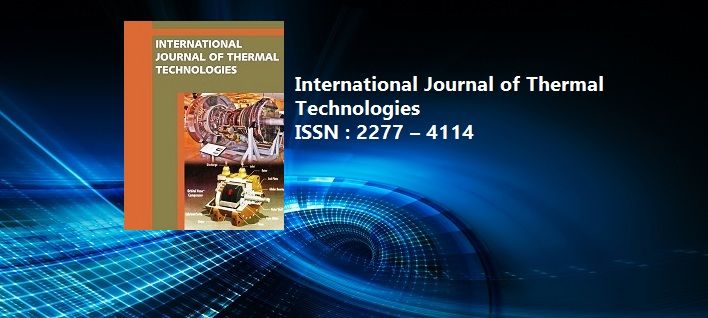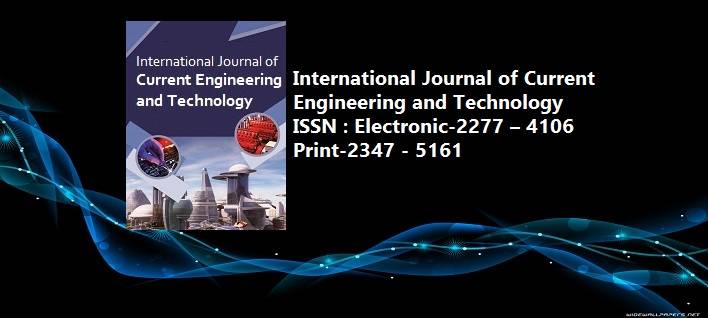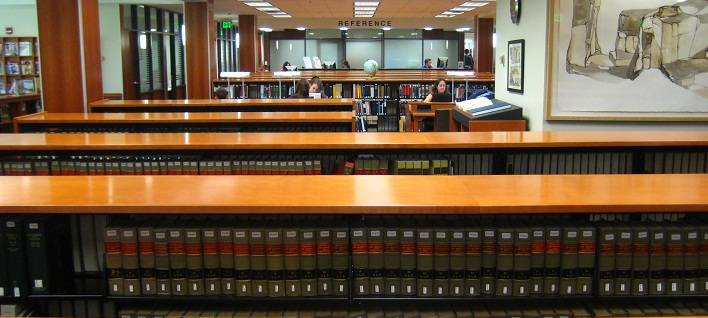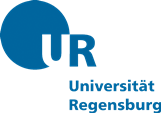Experimental Investigation of Effect of Process Parameters on Material Removal Rate during WEDM
Pages : 40-45
Download PDF
Abstract
For any machining process and, particularly, in process related to Wire Electrical Discharge Machining (WEDM) the
right selection of machining conditions is one of the most important aspects to be taken into consideration. WEDM is capable of machining of geometrically complex shapes or material components having higher hardness, that are
precise and very difficult-to-machine such as composites, super alloys heat treated tool steels, ceramics, heat resistant steels, carbides etc. These hard material components are widely used in aerospace industries, die and mold making industries, aeronautics and nuclear industries. This investigation discusses the effects of machining parameters like pulse on time, pulse off time and voltage on the material removal rate of wire electric discharge machining. For this investigation, stainless steel (SS 304) has been used as a work piece and a brass wire and a diffused wire having 0.25 mm diameter is used as tool electrodes. The design of experiment is based on Taguchi Design approach L9 orthogonal array. Further, the analysis of variance (ANOVA) is used to analyze the results obtained from Taguchi design approach. The analysis of results indicates that diffused wire gives more material removal rate (MRR) as compare to the brass wire. The results show that, the pulse on time and servo voltage has the highest influence on material removal rate (MRR). As the pulse on time increases, the material removal rate increases. It is also concludes that, with the increase of pulse off time and servo voltage, the material removal rate decreases.
Keywords: Wire-Cut EDM; ANOVA; Material Removal Rate.
Article published in International Journal of Current Engineering and Technology, Vol.6, No.1 (Feb-2016)



















 MECHPGCON, MIT College of Engineering, Pune, India
MECHPGCON, MIT College of Engineering, Pune, India AMET, MIT College of Engineering, Pune, India
AMET, MIT College of Engineering, Pune, India International Conference on Advances in Mechanical Sciences
International Conference on Advances in Mechanical Sciences  International Symposium on Engineering and Technology
International Symposium on Engineering and Technology International Conference on Women in Science and Engineering
International Conference on Women in Science and Engineering




